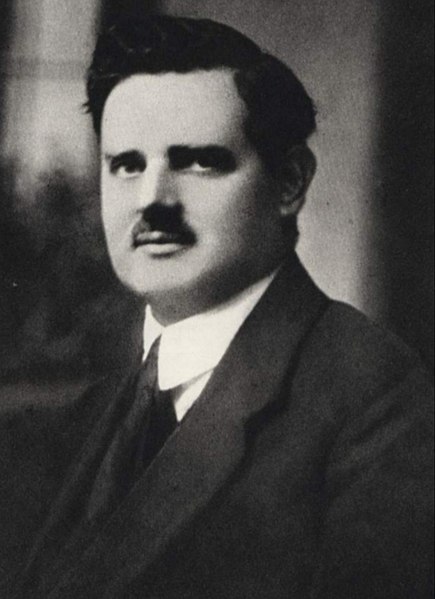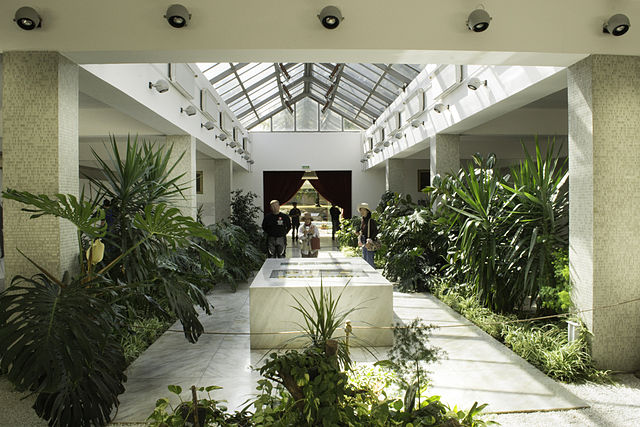Leader of the League of Communists of Yugoslavia
The office of leader of the League of Communists of Yugoslavia (LCY) was first established on 23 April 1919 under the name "Political Secretary of the Central Committee". However, in reality, power in this period was shared in a collective leadership with the "Organisational Secretary of the Central Committee". When the office of political secretary changed its name in November 1936 to "General Secretary of the Central Committee", the position became more powerful. It kept that name until its abolishment on 4 October 1966, when it was replaced by the "President of the Central Committee". This office lasted until 4 May 1980, when Tito died and was replaced with the "President of the Presidency of the Central Committee". With several branches having already left the LCY, the remaining members of the Central Committee of the 13th Congress established the office of "Coordinator of the Presidency of the Central Committee" on 23 May 1990. Three days later, on 26 May, the 14th Congress rejourned and elected a provisional leadership, with the leader holding the office of "Chairman of the Committee for the Preparation of the Congress of Democratic and Programmatic Renewal of the Central Committee". The officeholder was for most of its existence the de facto leader of the Socialist Federal Republic of Yugoslavia.

Leader of the League of Communists of Yugoslavia
Image: Filip Filipovic
Image: Sima Marković 1938
Image: Triša Kaclerović (1)
Death and state funeral of Josip Broz Tito
The funeral of Josip Broz Tito, President of Yugoslavia and President of the League of Communists of Yugoslavia, was held on 8 May 1980, four days after his death on 4 May. His funeral drew many statesmen from around the globe, from Western, Eastern and Non-Aligned countries. The attendees included four kings, six princes, 22 prime ministers, 31 presidents, and 47 ministers of foreign affairs. In total, 128 countries out of the 154 UN members at the time were represented. Also present were delegates from seven multilateral organizations, six movements and 40 political parties.
Tito's funeral procession
House of Flowers, Tito's mausoleum.
Tito's tomb.
Tito's grave.








